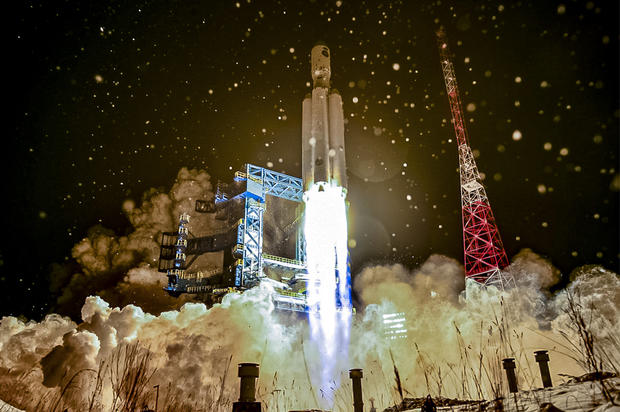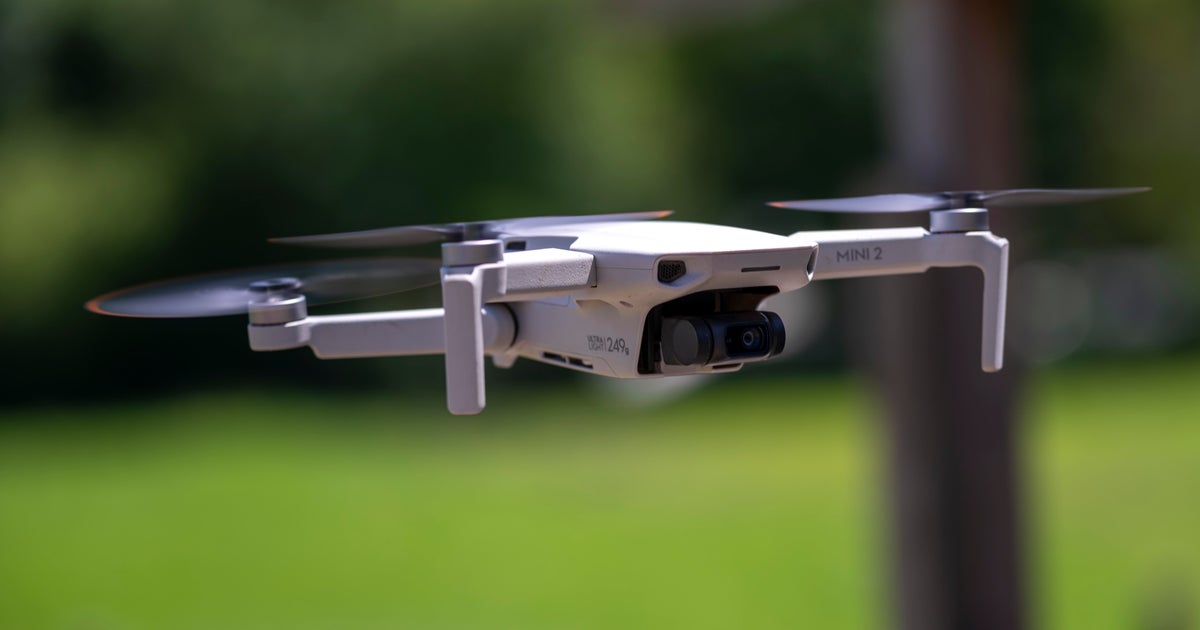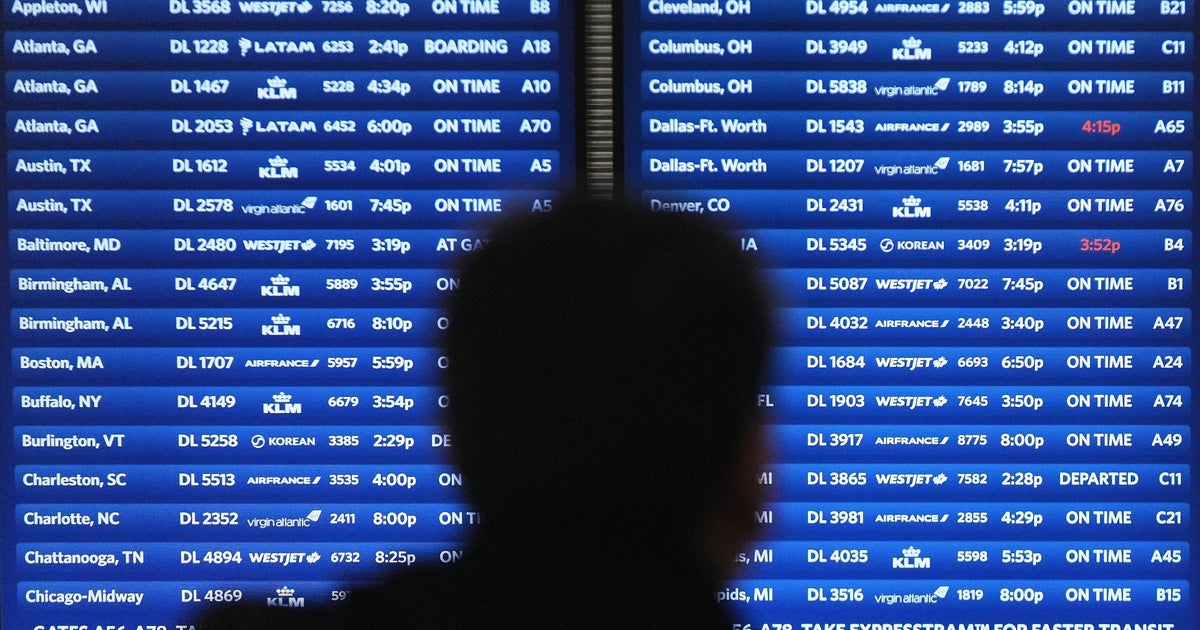Russian rocket part from failed launch makes uncontrolled re-entry into Earth's atmosphere
Part of a failed Russian rocket launch made an uncontrolled re-entry back to Earth on Wednesday — and officials have confirmed it landed in the Pacific Ocean.
Scientists launched the third test flight of the Angara-A5 heavy-lift rocket, named after a river in Siberia, from the Plesetsk Cosmodrome in northwestern Russia on December 27. According to state-run media, the purpose was to test a new upper-stage rocket, called the Persei booster, for the first time.
The launch was initially declared a success, with officials stating that all operations took place properly. But the booster apparently suffered engine failure, preventing the launcher from reaching higher than low-Earth orbit.
The part was expected to re-enter between 2027 UTC (3:37 p.m. EST) and 2121 UTC (4:21 p.m.), according to astronomer Jonathan McDowell.
On Wednesday evening, the 18th Space Control Squadron confirmed the re-entry occurred at 4:08 p.m. EST over the South Pacific. No other details were provided.
It's common for debris from space to burn up when reentering Earth's atmosphere, posing no harm. However, larger parts can be dangerous depending on where they land.
"To be clear, I do NOT regard this object as a significant risk," McDowell tweeted. "Reentries for a object with dry mass of about 4 tonnes may see some debris reach the ground, but not much."
McDowell tweeted Wednesday afternoon that the re-entry window had passed. U.S. Space Command has not yet confirmed where the re-entry occurred.
Space debris has become somewhat of a politically-charged issue, especially as the amount in low-Earth orbit has become a recurring danger to the International Space Station, delaying spacewalks and even causing damage to the exterior of the ISS. In November, the U.S. said debris from a Russian anti-satellite missile test forced the space station crew to take shelter as a precaution.
Last May, NASA slammed China for "failing to meet responsible standards" after rocket debris used to launch that country's new space station landed in the Indian Ocean.
"Spacefaring nations must minimize the risks to people and property on Earth of re-entries of space objects and maximize transparency regarding those operations," NASA Administrator Bill Nelson said in a statement at the time. "It is critical that China and all spacefaring nations and commercial entities act responsibly and transparently in space to ensure the safety, stability, security, and long-term sustainability of outer space activities."
The most significant re-entry breakup over a populated area was from the space shuttle Columbia disaster in February 2003. When 200,000 pounds of spacecraft broke up over Texas, a significant amount of debris hit the ground, but there were no injuries.
"There's an old saying that space is big," John Crassidis a professor at the University at Buffalo who specializes in space debris, told "CBS Mornings" last year. "Not anymore. It's getting smaller and smaller by the day!"








